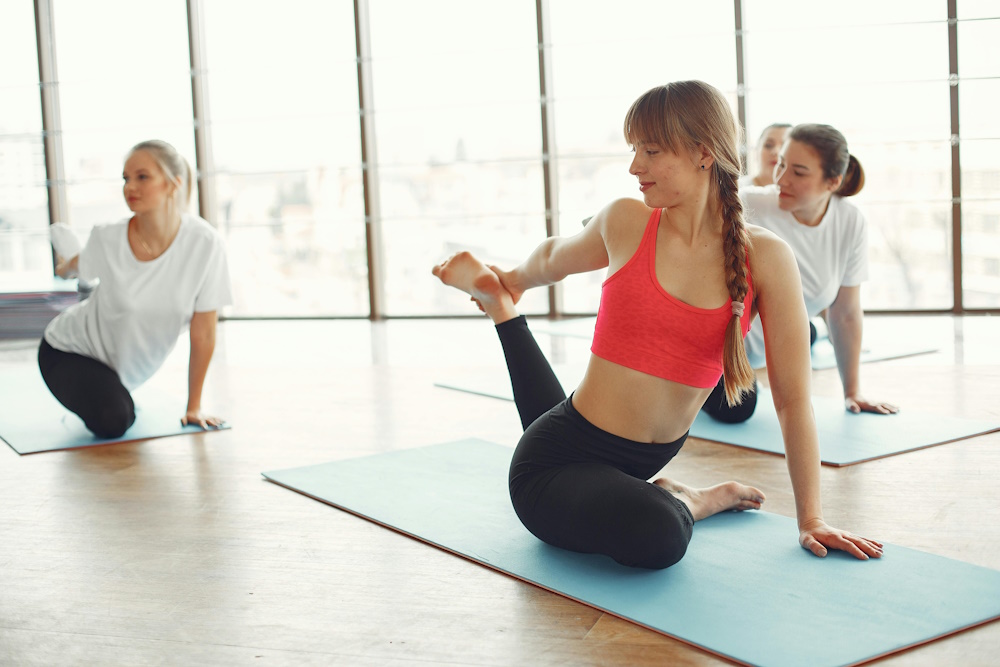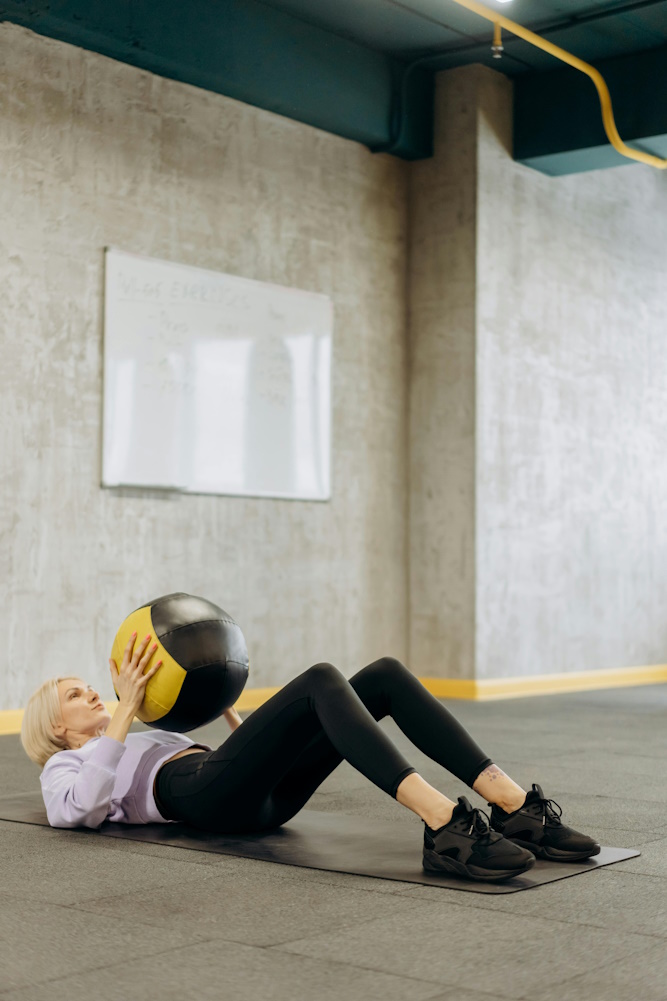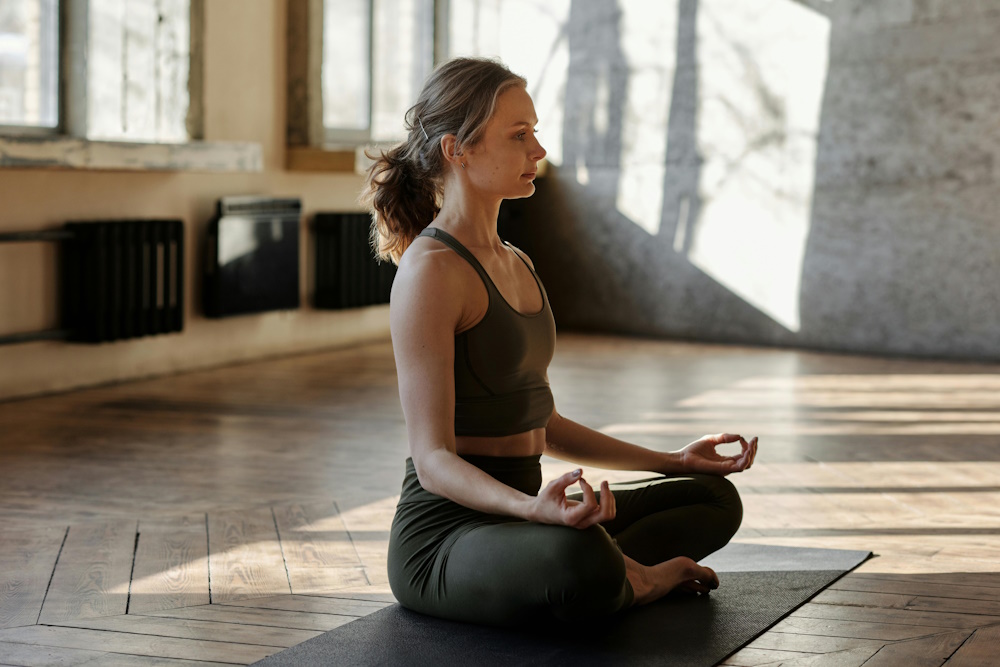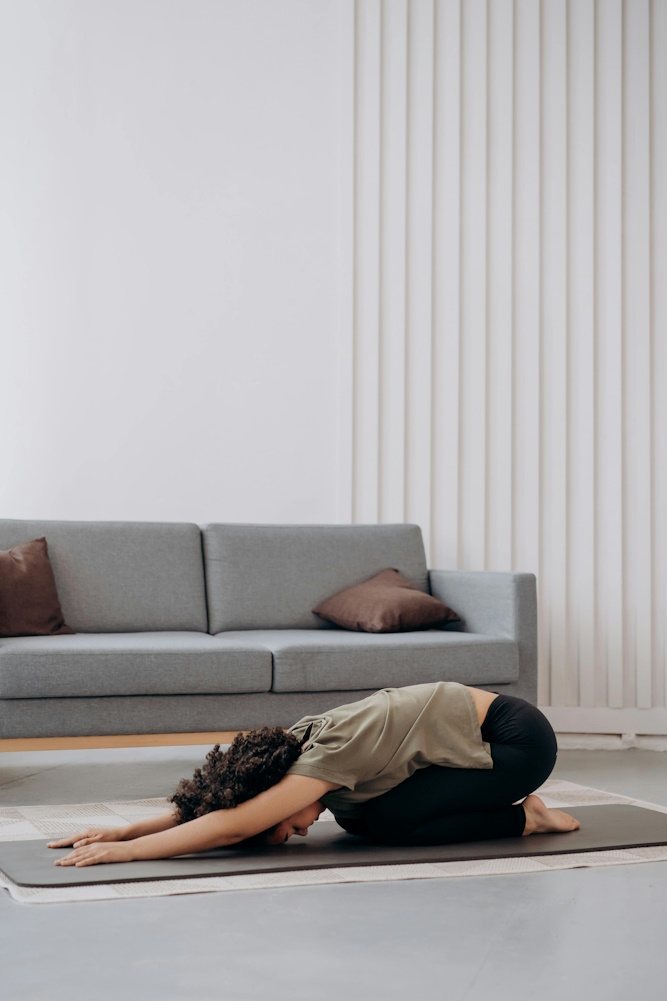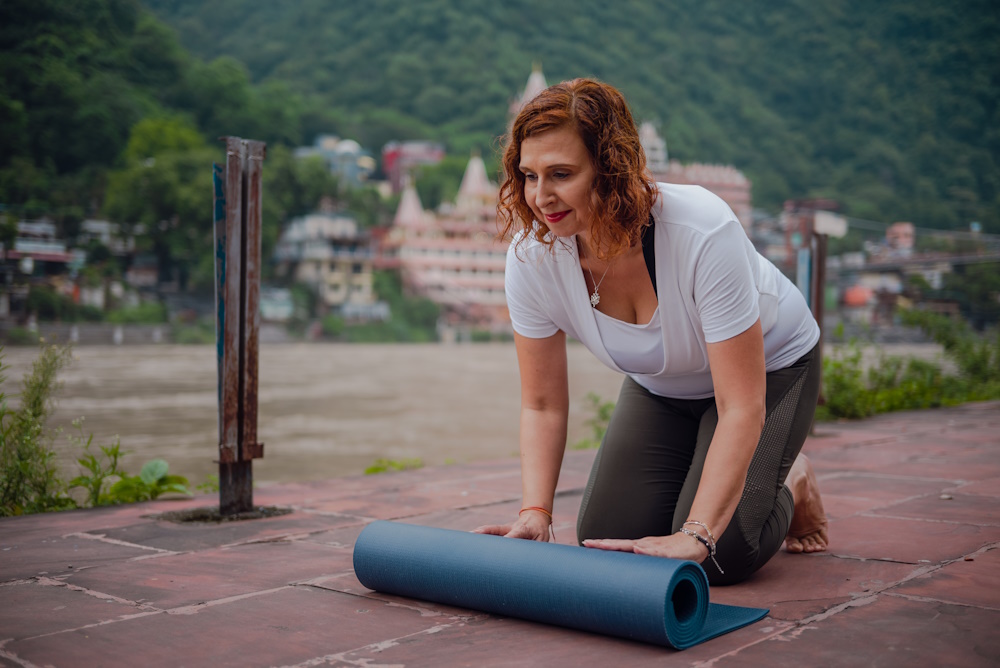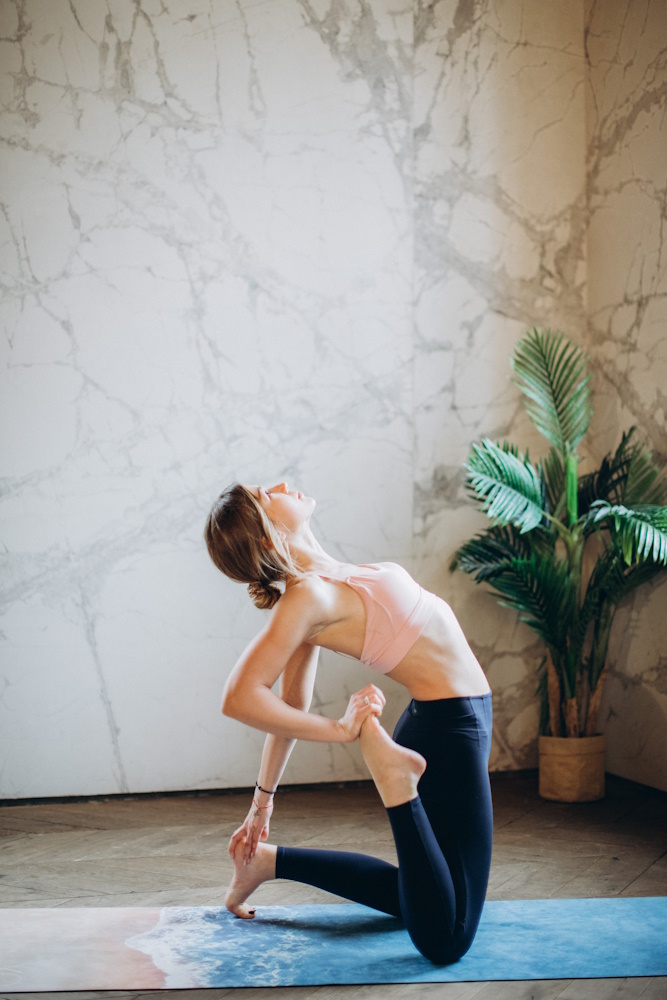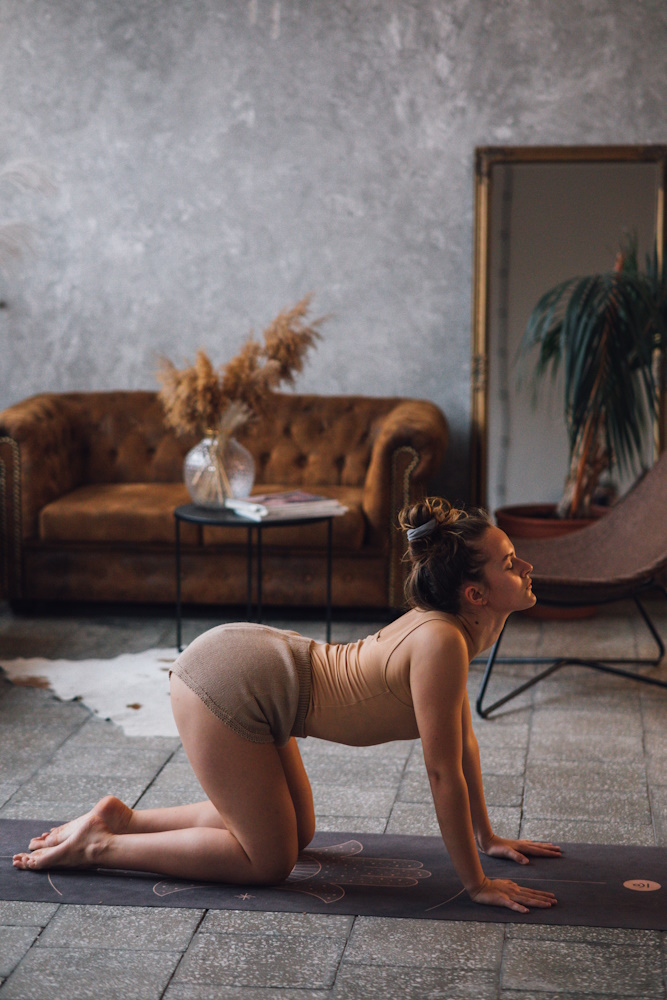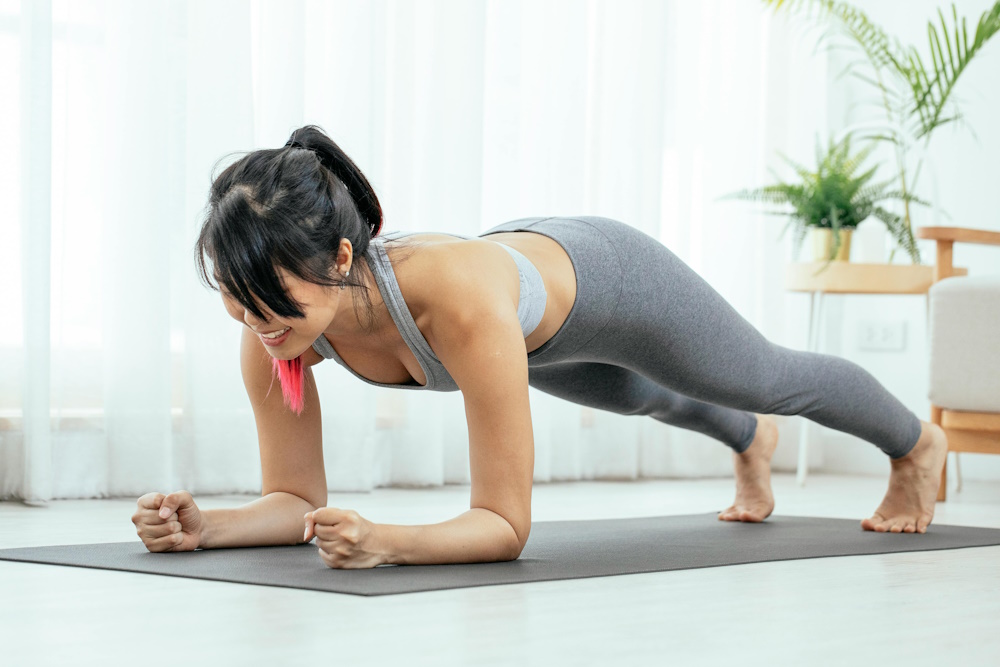Nutrition plays a vital role in achieving success during a Pilates challenge. Whether you’re a beginner or a seasoned practitioner, what you eat directly impacts your energy levels, performance, and overall well-being. In this comprehensive guide, we’ll explore the key nutrition tips for Pilates challenge participants, including the ideal diet to follow, whether you should adjust your calorie intake, how to make your Pilates reformer workouts more challenging, and essential preparations to optimize your Pilates journey.
What Diet to Follow When Doing Pilates?
When participating in a Pilates challenge, it’s essential to maintain a balanced and nutritious diet to support your energy levels and overall health. Here are some dietary guidelines to consider:
1. Hydration: Start your day with a glass of water and stay hydrated throughout the day. Proper hydration is crucial for muscle function and flexibility.
2. Balanced Meals: Focus on balanced meals that include lean proteins, whole grains, healthy fats, and a variety of fruits and vegetables. This provides a steady source of energy.
3. Protein: Incorporate lean protein sources like chicken, fish, tofu, beans, and legumes into your diet to aid muscle recovery and growth.
4. Complex Carbohydrates: Opt for complex carbohydrates like quinoa, brown rice, and sweet potatoes to sustain your energy levels during Pilates workouts.
5. Healthy Fats: Include sources of healthy fats such as avocados, nuts, seeds, and olive oil for joint and muscle health.
6. Portion Control: Be mindful of portion sizes to avoid overeating, which can lead to discomfort during your Pilates sessions.
7. Pre-Workout Fuel: Consume a light, balanced meal or snack 1-2 hours before your Pilates session. This might include yogurt with fruit, a small sandwich, or a smoothie.
8. Post-Workout Nutrition: After your Pilates workout, refuel with a combination of protein and carbohydrates to aid recovery. A protein shake, a turkey sandwich, or a quinoa salad are good options.
9. Snack Smart: If you get hungry between meals, reach for healthy snacks like nuts, Greek yogurt, or sliced veggies with hummus.
10. Mindful Eating: Pay attention to your body’s hunger and fullness cues. Eat slowly and savor your food.
Should You Eat More When Doing Pilates?
The question of whether to eat more during a Pilates challenge depends on your individual calorie needs and goals. Here are some considerations:
1. Calorie Balance: If your goal is to maintain your current weight, you should consume enough calories to match your energy expenditure during Pilates sessions. This ensures you have enough energy for workouts without overeating.
2. Weight Loss: If you aim to lose weight during a Pilates challenge, you may need to create a calorie deficit by consuming fewer calories than you burn. However, it’s crucial to strike a balance and not drastically restrict calories, as this can impact your energy and performance.
3. Muscle Building: If your goal is to build muscle, you may need to increase your calorie intake slightly to support muscle growth and recovery. Focus on consuming enough protein and overall nutrients to fuel your body.
4. Listen to Your Body: Pay attention to your body’s hunger and fullness signals. Eating when you’re hungry and stopping when you’re satisfied is a healthy approach.
5. Quality Matters: Regardless of your calorie goals, prioritize nutrient-dense foods to ensure you’re getting essential vitamins and minerals.
How Can I Make My Pilates Reformer More Challenging?
Making your Pilates reformer workouts more challenging can enhance your progress and results. Here are some strategies:
1. Increase Resistance: Adjust the resistance level on the reformer to make exercises more challenging. This can be done by adding more springs or increasing tension.
2. Variations: Explore advanced variations of Pilates exercises on the reformer. For example, you can add leg straps or use a box for more complex movements.
3. Speed and Control: Focus on the speed and control of your movements. Slower, controlled movements can intensify the workout and engage your muscles more effectively.
4. Mindful Engagement: Pay close attention to engaging your core muscles during each exercise. This deliberate activation can significantly increase the challenge.
5. Incorporate Props: Use props like resistance bands, stability balls, or small hand weights to add resistance and variety to your reformer workouts.
6. Consult a Trainer: If you’re unsure how to make your reformer workouts more challenging, consider working with a certified Pilates instructor who can provide guidance and advanced exercises tailored to your level.
How Do I Prepare My Body for Pilates?
Preparing your body for Pilates involves both physical and mental readiness. Here are essential steps to consider:
1. Consult a Physician: Before starting any new exercise program, especially if you have underlying health concerns, consult with a healthcare professional to ensure it’s safe for you.
2. Mindful Warm-Up: Begin each Pilates session with a warm-up that includes gentle stretches and deep breathing to prepare your body for movement.
3. Proper Attire: Wear comfortable, breathable clothing that allows for a full range of motion. Pilates is typically done barefoot or with grip socks.
4. Stay Hydrated: Ensure you’re well-hydrated before your Pilates workout to prevent muscle cramps and fatigue.
5. Focus on Breath: Pay attention to your breath throughout the session. Pilates places a strong emphasis on controlled breathing to enhance concentration and oxygen flow.
6. Set Goals: Define your goals and objectives for your Pilates challenge. Having a clear vision can help keep you motivated and focused.
7. Progress Gradually: Start with foundational Pilates exercises if you’re new to the practice and gradually progress to more advanced movements as you gain strength and confidence.
8. Listen to Your Body: Be attuned to your body’s signals. If you experience pain or discomfort during a movement, stop and adjust your position or seek guidance from an instructor.
In Summary
Nutrition plays a crucial role in the success of a Pilates challenge. Follow a balanced diet that includes hydrating properly, balanced meals, and mindful eating. Whether you should eat more or less during a Pilates challenge depends on your goals and individual needs. To make your Pilates reformer workouts more challenging, adjust resistance, explore variations, and focus on controlled movements. Preparing your body for Pilates involves consulting a physician, mindful warm-ups, and gradual progression. Embrace these nutrition tips and preparation strategies to optimize your Pilates journey and achieve your fitness goals.
